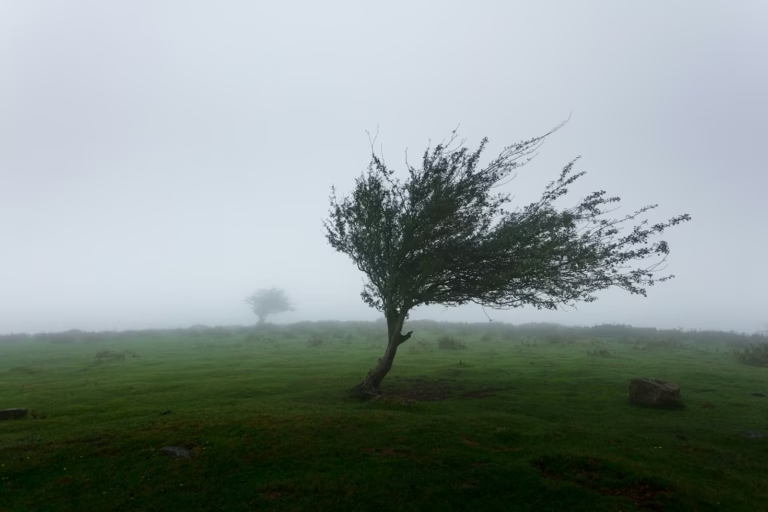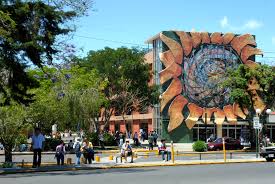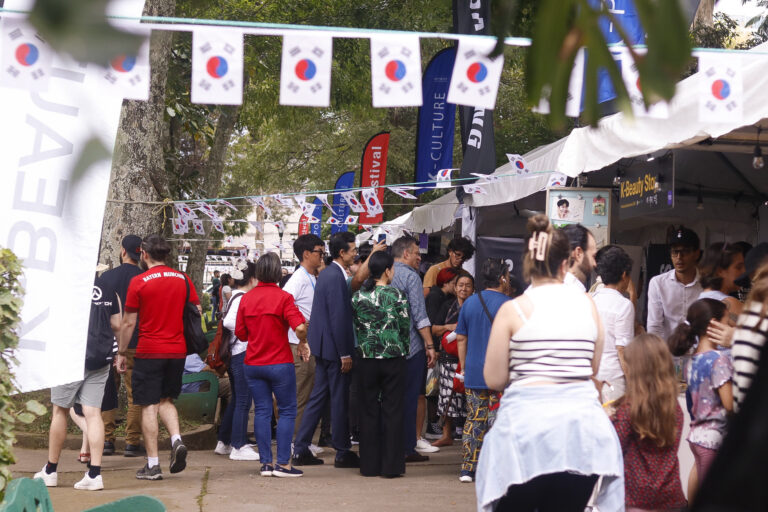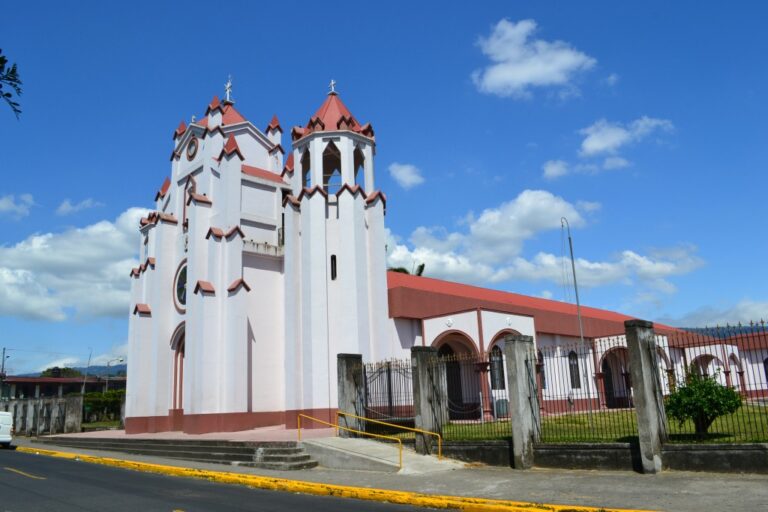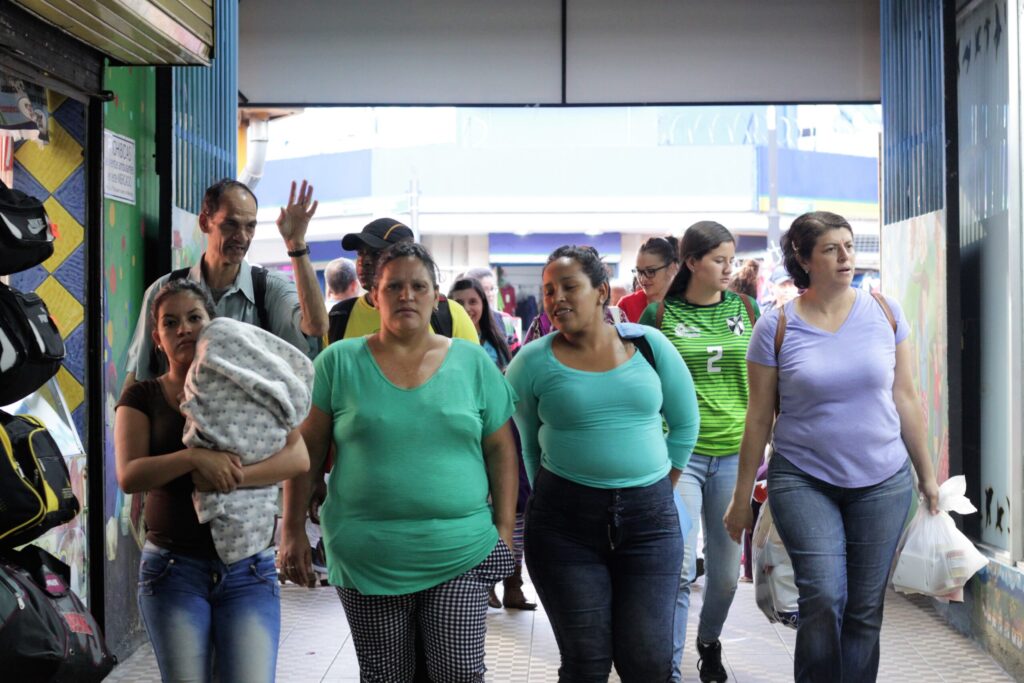San José, November 4, 2025. There are moments in the year when the country seems to pause to remember who it is. November ends, December peeks around the corner, and in the cities, although no one says it, something in the rhythm changes. The first lights are turned on, the windows smell of tamales and coffee, and the parks fill with people who once again walk without hurry.
In the midst of this transition between the everyday and the festive, the Ministry of Culture and Youth (MCJ) decides to do what it does best: open spaces for people to meet.
Therefore, for this holiday season, we present It’s Time to Share, a national celebration that transforms routine into memory, streets into stages, and Christmas into a collective act.
The activities, many of which are free and open to the public, seek to rebuild the social fabric through art, uniting generations, neighborhoods, and different emotions under a single motto: sharing is the most profound way of belonging.
“With It’s Time to Share, we want culture to once again be the meeting point for Costa Rican families. In every marimba, in every choir, and in every light that is lit, there is a story that unites us. This season reminds us that art has the power to renew hope and to celebrate who we are: a people who find the essence of Christmas in shared joy,” said Jorge Rodríguez Vives, Minister of Culture and Youth.
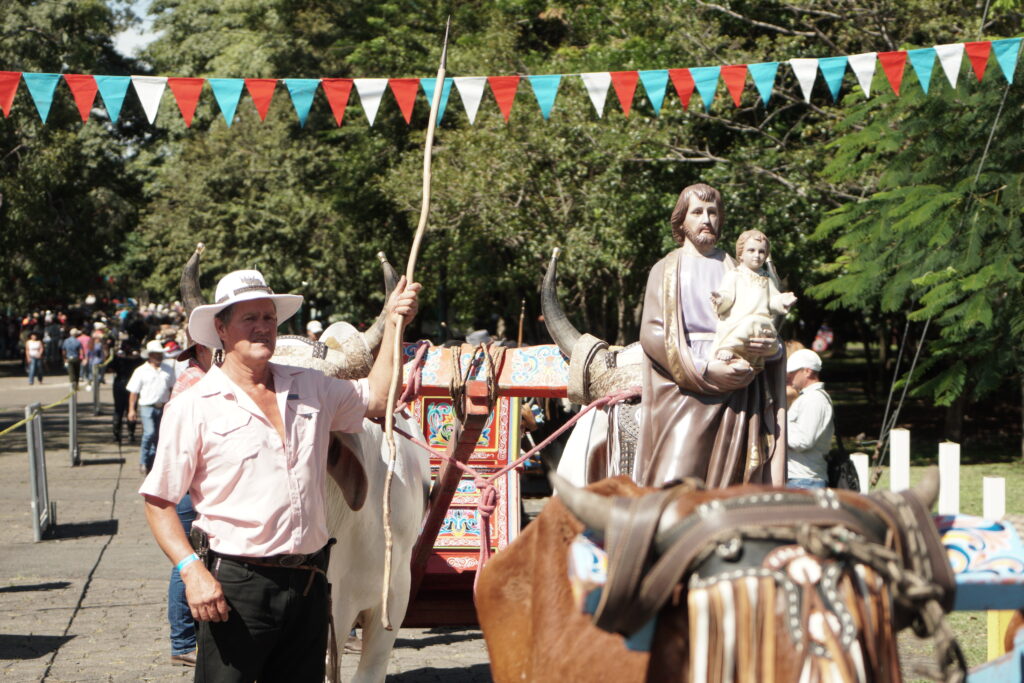
The program is aimed at families, children, youth, senior citizens, cultural agents, artists, designers, artisans, and all people who wish to enjoy a festive, accessible, and diverse agenda.
Because sharing is not just about giving. It’s about being present, contributing your voice, your body, your time. And for that reason, the Ministry of Culture and Youth weaves this cultural route, made of oxherds, marimbas, choirs, fairs, experimental music, and posadas; to remember that culture is one of the few places where everyone fits.
This year, the program unfolds like a map of affections and memory. It begins with the oxcart and the marimba, passes through voices and choirs, stops at the handmade fair, takes a risk with contemporary sound, and ends, as it does every December, in the light of a shared stage.
Parade of Oxcarts and Oxherds – Costa Rican Marimba Day
November 29 and 30 – La Sabana Metropolitan Park
The country wakes up early to see the passing of oxcarts, oxen, and hands that still know of soil and rope. This year, along with the sound of the wheels on the street, the Costa Rican Marimba Day will also be celebrated, honoring that instrument declared a national symbol, which seems born from the earth and corn.
November 29: Traditional Sesteo (midday rest) with community preparation activities, pour-over coffee, and the smell of leather.
November 30: Parade of oxherds, families, decorated oxcarts, and waving handkerchiefs. A tradition that isn’t explained, it’s felt.
Commemoration of the Abolition of the Army and 180 years of the National Bands
December 1 – Central Avenue and Plaza de la Democracia
As evening falls, the national bands will cross Central Avenue in a parade to remember that Costa Rica chose peace 77 years ago. It will also be a tribute to the National Concert Bands, which celebrate their 180th anniversary this year.
In addition, Spanish composer Ferrer Ferran will present Suenos y Esperanza (Dreams and Hope), a work written for band and choir. Music to celebrate a country that decided its army would be a memory, not a present reality. This activity is supported by Banco Popular.
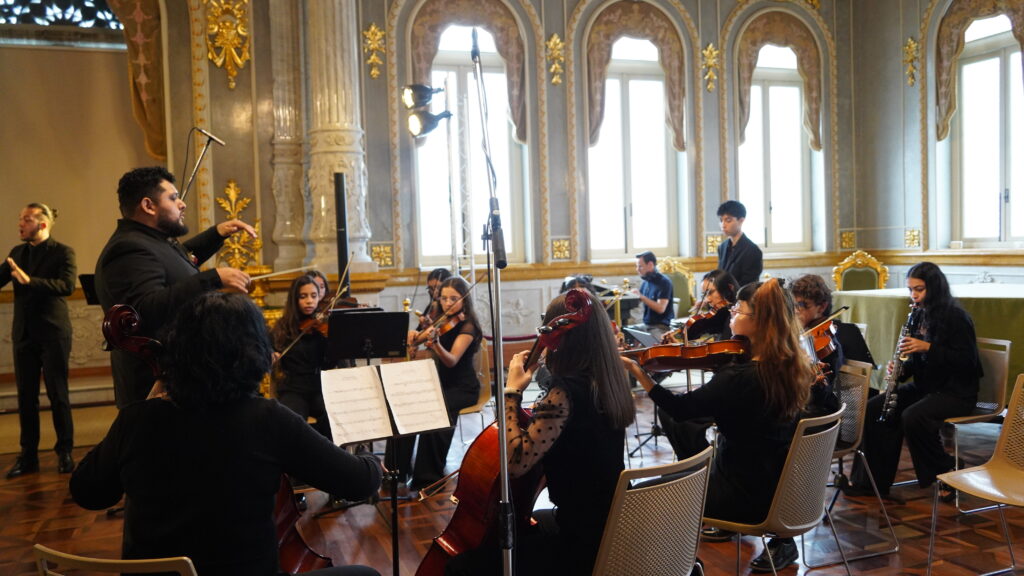
Choral Days at the National Theater
December 1 and 2 – At the National Theater, Christmas will begin with a parade in the Plaza de la Cultura and a posada: Mary and Joseph seeking shelter, as if time had not passed. Afterwards, music and choirs.
Participating groups will include: Coro Sinergia Coral de Puriscal (dir. Carlos Luis Fallas), Coro de Camara de Alajuelita (dir. Patricia Valverde), Estudiantina Universitaria de Costa Rica (dir. Harold Sanchez Vargas), Vox Nova Colectivo Coral (dir. Ana Maduro Gallardo), and Coro Kem Bi’x (dir. Freddy Batzibal).
Costa Rica Sings: Choir Festival
December 5, 6, and 7 – Alberto Canas Escalante Theater, Antigua Aduana
Three days to prove that the human voice is, perhaps, the first form of art. Participants will include, among others, the selected choirs for this edition: Concordia Coral, Enjuague Vocal Sexteto A Cappella, Stellum Choral, Coro Cubujuqui, Estudio Coral Armentum, Coro Infantil de la Escuela de Musica de Pavas (SINEM), Coro Femenino Cantate, Coro de Camara de Aurora, Coro Mayor del Caribe, El Cafe Chorale, and Coro Zafra. Thelma Darkings will be the special guest.
Hecho Aqui (Made Here) Fair
December 5, 6, and 7 – Antigua Aduana, 265 wooden and cloth stalls where artisans, artists, designers, and creators display what they make with their hands. This year, the fair celebrates its 10th anniversary and welcomes the Kingdom of Saudi Arabia as the guest country. An unlikely and, for that very reason, necessary encounter.
There will be visual arts, experimental design, book art, and a stage where music mixes with the murmur of people buying unhurriedly made gifts. This activity is supported by Banco Popular.
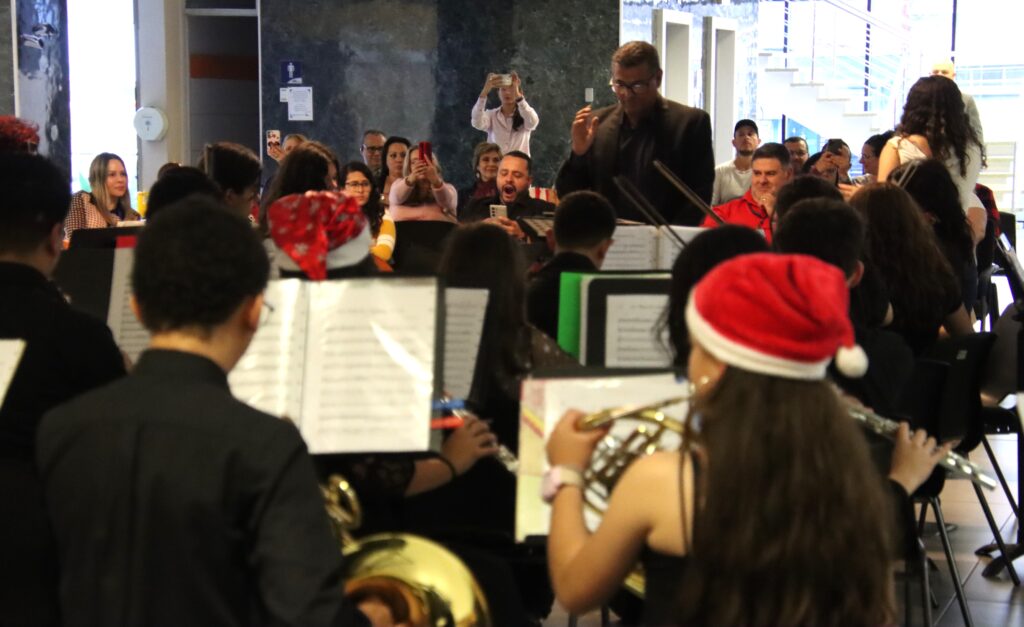
Sonograma
December 5, 6, and 7 – La Pila de la Melaza and El Tanque at MADC.
Directly in the heart of the Museum of Contemporary Art and Design (MADC), between old walls and bricks, another form of music will be heard; one that is born from research, error, and risk.
This will be the first edition of the San Jose Experimental Sound Festival, created with the purpose of recording, showcasing, and connecting the multiple expressions of current sound emerging from the capital city.
Christmas Show “Donde Nace la Luz” (Where the Light is Born)
December 7, 9, 10, 11, 12, and 14 – National Theater
Have you ever seen it snow in Costa Rica?
The biggest Christmas production of the year and the heart of this season will bring together theater, dance, and music to tell how different regions of Costa Rica experience Christmas and how the stories of their characters are transmitted through the words of a playwright.
A completely Costa Rican production under the artistic direction of Kar Barquero, with text by Bryan Vindas and choreography by Estefania Dondi.
Six performances to remember that light is born in every corner, although not always in the same place.
Christmas Posadas
December 2 to 12 – around the CENAC
Singing, walking, carrying candles. Music, poetry, dance, doors that open to receive those seeking shelter on these dates. The posadas, a tradition that endures. This activity is supported by Banco Popular.
Christmas Market
December 18 to 21 – CENAC, 60 entrepreneurs, warm lights, the smell of tamales and cocoa. Food stalls, crafts, gifts, and even music in the Fidel Gamboa Auditorium.
The National Center for Culture (CENAC) becomes a small Christmas village, with free admission to share in community.







